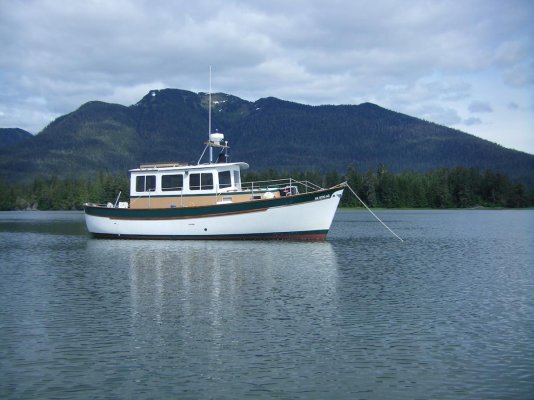Larmex99
Senior Member
Still doesn't make sense. How deep was the water?
We drifted until it hit bottom, so pretty much 575' more or less. I don't see what is difficult to grasp here. Approx 600' of chain and a 55# anchor. This was 15 yrs and 3 boats ago so I am not sure if it was 1/4 or 5/16 chain. Anyway you cut it you are looking at 600#. I don't make stuff up, in case you are wondering.
Last edited:




